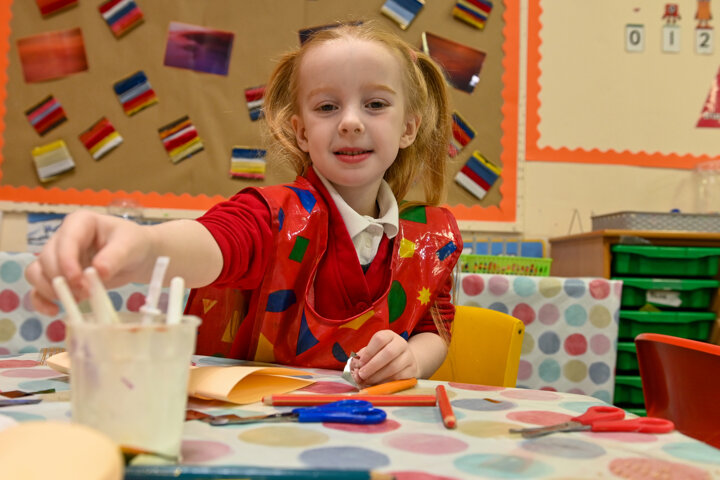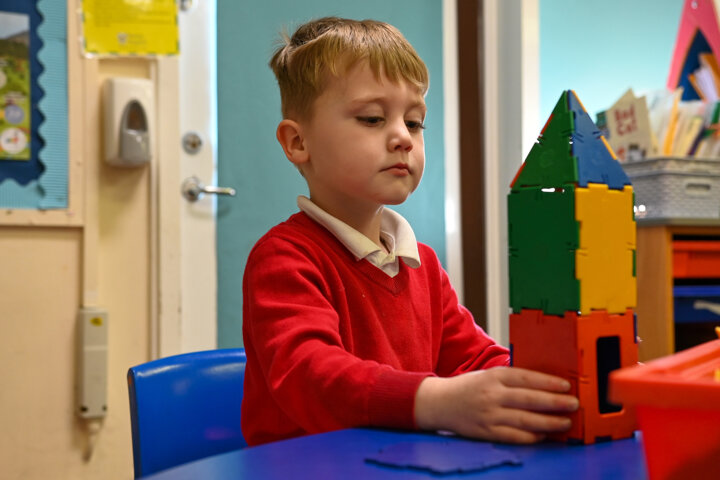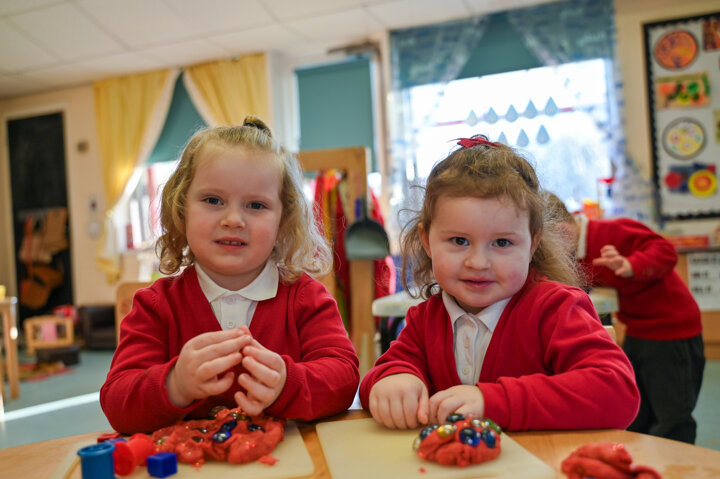Design and Technology
Subject Lead: Mrs Bell
A warm welcome to our Design and Technology page. At St Joseph's, our curriculum has been designed to excite and inspire all of our children, ensuring it is purposeful, progressive and meaningful for every child.
Intent
Design and Technology is an inspiring, rigorous and practical subject. It enables children and young people to actively contribute to the creativity, culture, wealth and well-being of themselves, their community and their nation. Using creativity and imagination, children design and make products that solve real and relevant problems within a variety of contexts, considering their own and others’ needs, wants and values.
We intend to build and apply a repertoire of skills, knowledge and vocabulary for children to design and make high-quality prototypes and products for a wide range of users. We draw on disciplines such as mathematics, science, engineering, computing and art. Children learn how to take risks, becoming resourceful, innovative, enterprising and capable citizens. Through the evaluation of past and present design and technology, they develop a critical understanding of its impact on daily life; the wider world; and an increasing technological world. High-quality design and technology education makes an essential contribution to the creativity, culture, wealth and well-being of the nation. We encourage children to use their creativity and imagination, to design and make products that solve real and relevant problems within a variety of contexts, considering their own and others’ needs, wants and values. At St Joseph’s, we encourage children apply the Catholic virtues; to learn to think and intervene creatively to solve problems as individuals and as members of a team.
Implementation
Our Design Technology curriculum aims to excite and ignite our pupils’ interest in design and technology and prepare them to participate in the development of a rapidly changing world. The threshold concepts across the Design and Technology curriculum are taught sequentially over time to develop technical knowledge, skills and understanding from EYFS to Y6 and beyond. There are 6 key areas from Years 1 to 6: Cooking and nutrition, Mechanisms and Mechanical systems, Structures and Textiles, with Electrical systems and the application of the Digital world beginning in KS2. To equip children with a breadth and depth of knowledge, the curriculum embeds these threshold concepts and key areas through the completion of three projects in each year group. Each project has a planning resource document to help teachers implement the curriculum consistently and effectively; it is based on universal principles of effective teaching and learning in D&T. Each project ensures children carry out Investigative and Evaluative Activities, Focused Tasks and Design, Make and Evaluate Assignments.
The curriculum aims to ensure that all children:
• Develop the creative, technical and practical expertise needed to perform everyday tasks confidently and to participate successfully in an increasingly technological world.
• Build and apply a repertoire of knowledge, understanding and skills to design and make high-quality prototypes and products for a wide range of users.
• Critique, evaluate and test their ideas and products and the work of others.
Impact
The Design and Technology curriculum at St Joseph’s allows all children:
• To develop their God given talents and gain the technical knowledge and skills needed to become confident individuals
• Understand the functional and aesthetic properties of a range of materials and resources.
• Understand how to use and combine tools to carry out different processes for shaping, decorating, and manufacturing products.
• Build and apply a repertoire of skills, knowledge and understanding to produce high quality, innovative outcomes, including models, prototypes, CAD, and products to fulfil the needs of users, clients, and scenarios.
• Understand and apply the principles of healthy eating and culture, including key processes, food groups and cooking equipment.
• To understand and evaluate technical information.
• To make informed decisions that impact on their own lives and the lives of those around them.
• To develop an increasing awareness of the moral and ethical dilemmas technical discovery can bring.
• To become active citizens of the world.
• To receive regular oral and written feedback so children are aware of their position on the learning journey, their strengths and targets, which they consider when taking their next steps.
• Self-evaluate and reflect on learning at different stages and identify areas to improve.

"The Arts must be at the heart of every child's learning experience if...they are to have a chance to dream and to create, to have beliefs, to carry a sense of cultural identity."
- James D. Wolfensohn, former chairman of The Kennedy Center
“We need technology in every classroom and in every student and teacher’s hand, because it is the pen and paper of our time, and it is the lens through which we experience much of our world.” – David Warlick



.jpeg)